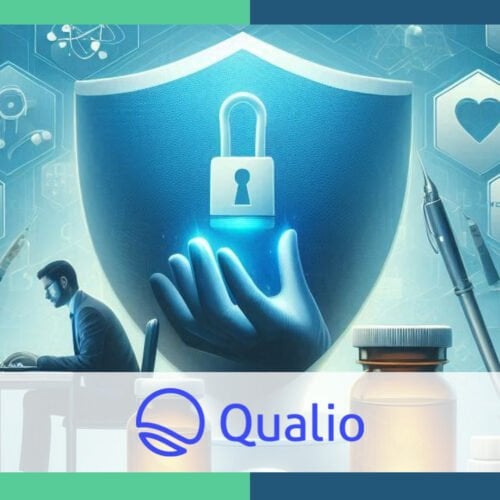Software as a Medical Device (SaMD) refers to software intended to be used for medical purposes without being part of a hardware medical device. The increasing reliance on digital health solutions has amplified the importance of validating SaMD to ensure it meets the required standards for safety, efficacy, and regulatory compliance. This article provides an in-depth exploration of the software validation process for SaMD, highlighting key steps, regulatory requirements, and best practices.
Understanding Software as a Medical Device (SaMD)
SaMD encompasses a wide range of applications, from diagnostic tools and monitoring systems to therapeutic interventions and health management platforms. Unlike traditional medical devices, SaMD operates independently of physical hardware, making its validation process unique and complex. Validation ensures that the software performs reliably and consistently under expected conditions.
Regulatory Frameworks for SaMD Validation
Different regulatory bodies have established guidelines for SaMD validation, ensuring that the software adheres to stringent safety and performance standards. Key regulatory frameworks include:
- FDA (U.S. Food and Drug Administration):
- Guidance on Software Validation: The FDA provides comprehensive guidelines on software validation, emphasizing risk management, design control, and testing.
- 21 CFR Part 820: This regulation outlines the quality system requirements for medical device manufacturers, including software validation.
- EU MDR (European Union Medical Device Regulation):
- Annex I: This section details the general safety and performance requirements for medical devices, including software.
- EN ISO 13485: This international standard specifies requirements for a quality management system, ensuring compliance with regulatory requirements for medical devices, including software.
- IMDRF (International Medical Device Regulators Forum):
- IMDRF/SaMD WG/N23: This document provides a framework for the risk-based approach to SaMD, highlighting the importance of clinical evaluation and validation.
The Software Validation Process for SaMD
The validation process for SaMD involves several critical steps to ensure the software meets the necessary standards:
- Planning and Documentation:
- Validation Plan: Develop a comprehensive validation plan outlining the scope, objectives, responsibilities, and schedule for the validation activities.
- Requirements Specification: Define and document the functional and non-functional requirements of the software, ensuring clarity and completeness.
- Risk Management:
- Risk Analysis: Conduct a thorough risk analysis to identify potential hazards associated with the software. Assess the severity and likelihood of each risk.
- Risk Mitigation: Implement measures to mitigate identified risks, ensuring the software operates safely under all anticipated conditions.
- Design and Development:
- Software Design: Develop a detailed software design that aligns with the specified requirements. Ensure the design is modular, scalable, and maintainable.
- Coding Standards: Adhere to industry best practices and coding standards to ensure the software is robust, secure, and free from vulnerabilities.
- Verification and Testing:
- Unit Testing: Perform unit testing to verify that individual components of the software function correctly.
- Integration Testing: Conduct integration testing to ensure that different modules of the software work together seamlessly.
- System Testing: Validate the entire software system against the requirements specification. This includes functional, performance, and security testing.
- User Acceptance Testing (UAT): Engage end-users to test the software in real-world scenarios, ensuring it meets their needs and expectations.
- Clinical Evaluation:
- Clinical Validation: Conduct clinical trials or studies to validate the software’s performance in a clinical setting. This is crucial for SaMD intended for diagnostic or therapeutic purposes.
- Validation Report:
- Documentation: Compile a comprehensive validation report documenting all validation activities, results, and any discrepancies. Ensure the report is thorough and adheres to regulatory requirements.
Best Practices for SaMD Validation
- Continuous Integration and Testing:
- Implement continuous integration (CI) and continuous testing (CT) practices to detect and address issues early in the development process.
- Traceability:
- Ensure traceability between requirements, design, implementation, and testing. This helps in identifying and resolving issues quickly and maintaining compliance.
- Automated Testing:
- Leverage automated testing tools to enhance efficiency and accuracy. Automated tests can quickly validate code changes and ensure consistent performance.
- Change Management:
- Implement a robust change management process to track and control changes to the software. Ensure all changes are documented, reviewed, and validated.
- Cybersecurity:
- Incorporate cybersecurity measures throughout the development lifecycle to protect the software from vulnerabilities and threats.
- User Training and Support:
- Provide comprehensive training and support to users to ensure they can effectively and safely use the software.

Sumatha Kondabolu brings more than 21 years of experience in the pharmaceutical and medical device industries to the world of small start-ups and scalable quality system implementations. She has built quality management systems for compliance with the FDA QSR, Canada’s medical devices regulations, NIOSH, MDSAP, COFEPRIS, and the EU’s MDR, IVDD and IVDR. She holds a bachelor’s of pharmacy, a master’s in chemistry and an advanced certificate in quality assurance management, along with auditor certifications for ISO 13485, ISO 17025, ISO 9001, ISO 27001, ISO 22716, and IATF 16949.







